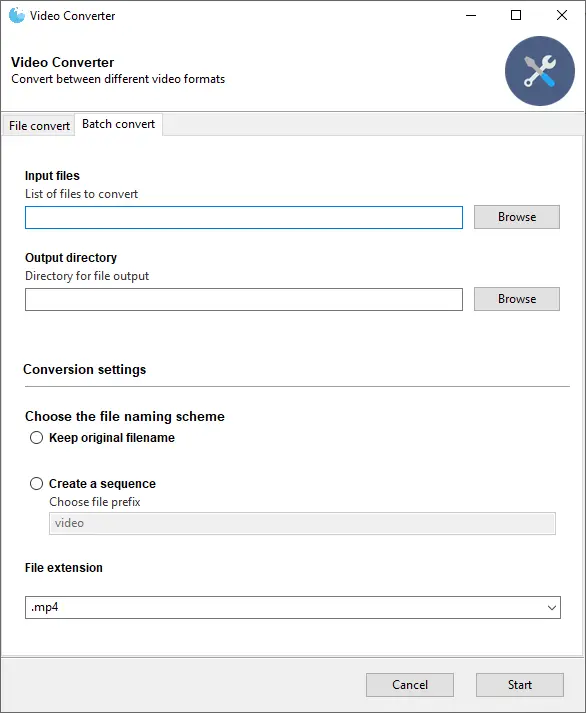This blog series is all about Python! The posts cover various topics around the language from fundamentals to the usage of specific libraries.
Some of the posts are going to be longer while others will be on the shorter side (bite-sized). At some point they will also hopefully be accompanied by YouTube videos so you can choose your preferred format to consume the information.
If you have an idea for a topic that you’d like me to write about you can contact me on Twitter.













